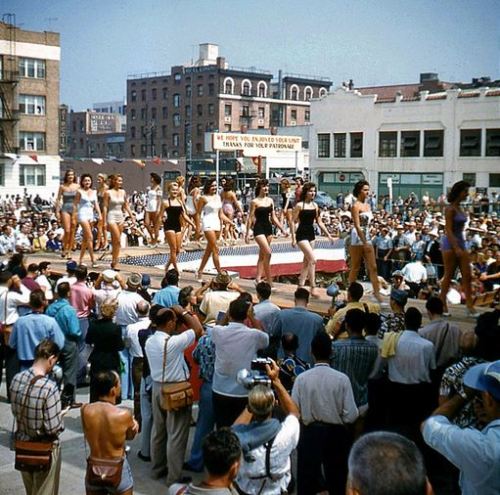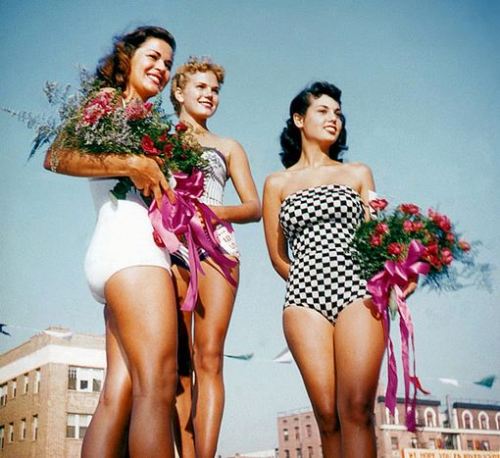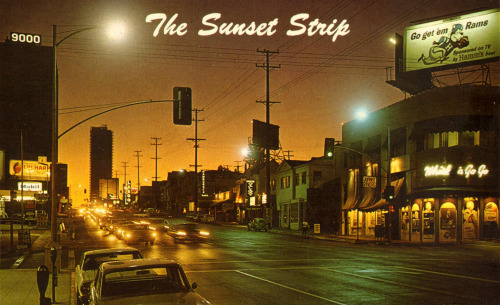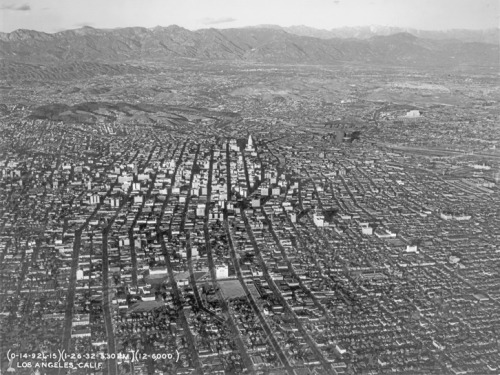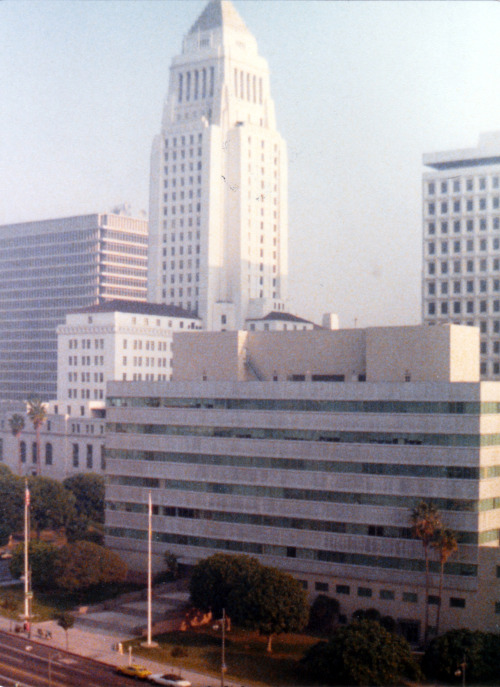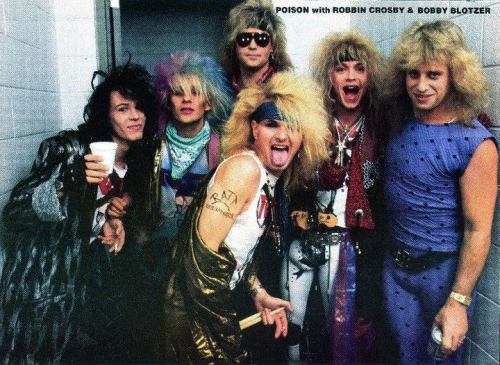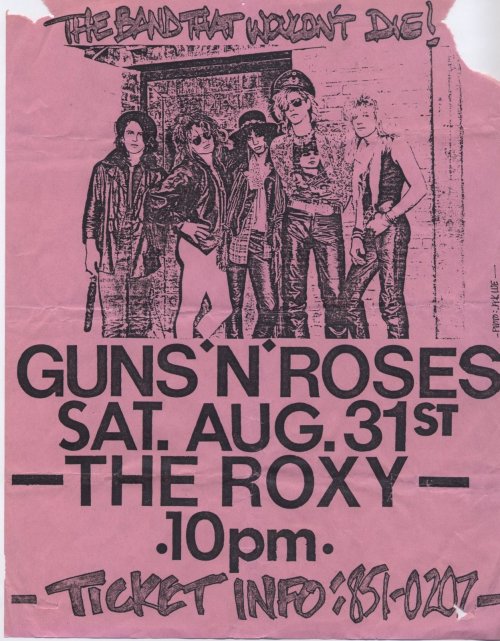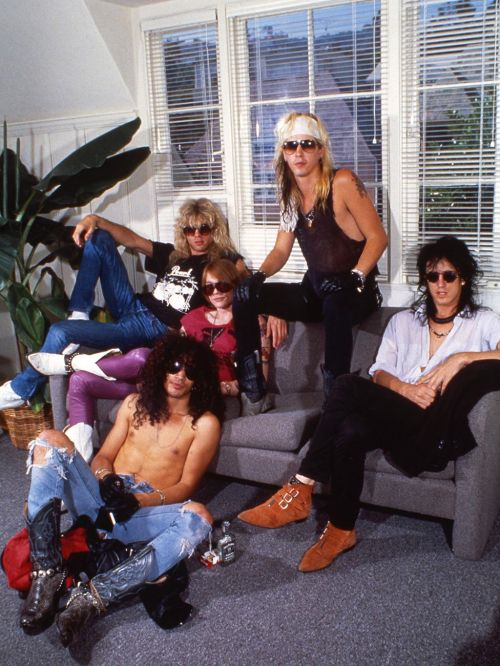#los angeles history
Ben Hur Racer, Fraser’s Million Dollar Pier (Santa Monica), 1914
The Ben Hur Racer roller coaster was built as a part of the second incarnation of Fraser’s Million Dollar Pier. (A massive fire destroyed the first incarnation of the amusement park in 1912.) Ironically, this roller coaster was destroyed in a fire in 1915, a year after Million Dollar Pier re-opened.
Post link
A collection of mugshots of people arrested for various crimes in Long Beach, California, in the 1920s.
Source: Sacramento Police Department.
“Some people aren’t going to know they’ll miss us until we’re gone.”
– Michael Komai, publisher of Rafu Shimpo
For 113 years, the Rafu Shimpo newspaper has endured. It has devotedly told the story of the Japanese American community in Southern California.
It even survived World War II, despite its writers and editors being forced into incarceration camps. Eldest son Akira Komai took over the paper when his father, Toyosaku Komai, was arrested by the FBI with others labeled “enemy aliens” hours after Japanese planes bombed Pearl Harbor. Just before he, too, was forced to go, Akira hid the newspaper’s Japanese lead type in hopes that the Rafu could one day restart.

Below, you can see the last issue published before they left. There’s a letter to readers on the front page in that April 4, 1942 issue, headlined, “We’ll meet again.” On Jan. 1, 1946, the paper resumed publishing.

Now, there’s one force it might not survive: the economy.
The paper has lost $750,000 over the last three years, and it’s expected to lose $350,000 this year.
Now if the paper doesn’t raise about $500,000 in revenue — by more than doubling its subscribers — it could close in December. This would be the end of one of the last English-Japanese dailies in the U.S. – and the oldest. Rafu Shimpo which literally means Los Angeles newspaper, started in 1903 as a mimeographed sheet put together by three USC students.
To this day, only the Rafu covers every single summer Obon festival, the annual Nisei Week celebration in Little Tokyo, and numerous community events from awards dinners to bazaars. It marks the triumphs and transitions of Japanese Americans in our area, from graduations to deaths.

“Those kind of successes in the community are only going to be here,” said Gwen Muranaka, the paper’s English editor-in-chief.
Times’ reporter Samantha Masunaga recently wrote about the paper’s plight. You can learn more about the community’s response so far and see other front pages in her story.
Photos by Los Angeles Times
Post link

